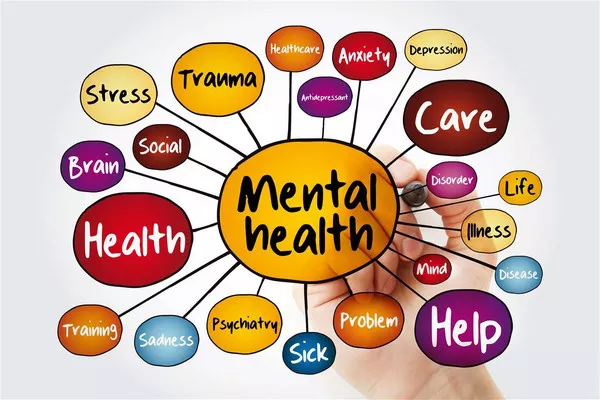A comprehensive dataset released by the U.S. Department of Health and Human Services (HHS) and the Substance Abuse and Mental Health Services Administration (SAMHSA) indicates a noteworthy increase in illicit substance use among U.S. adults. However, despite this surge, rates of substance use disorder (SUD) remained stable throughout 2022, as per the findings from the latest National Survey on Drug Use and Health (NSDUH).
Federal Snapshot on Behavioral Health
Released on Monday, the NSDUH report offers critical insights into the behavioral health landscape, shedding light on the prevalent needs that providers and policymakers must address. The Biden administration seized the opportunity to reaffirm its commitment to tackling the nation’s behavioral health challenges, an issue President Joe Biden has prioritized since the beginning of his term.
Notable Data Highlights
Illicit Substance Use Surges:
Among adults aged 18 and older, illicit substance use in the past year spiked to 26% in 2022, up from 22.9% in 2021.
Marijuana emerged as the primary driver behind this increase, with 59 million individuals reporting its use, making it the most commonly used illicit substance.
Stable Substance Use Disorder Rates:
Despite the rise in substance use, rates of self-reported SUD among adults remained steady at approximately 18% in 2022.
Mental Illness Rates Remain Stable:
Rates of any mental illness (AMI), including serious mental illness (SMI), showed little fluctuation in 2022, standing at 23.1%. Female respondents reported higher rates of AMI compared to males (26.4% vs. 19.7%).
Treatment Disparities:
A notable gender gap in mental health treatment was observed, with 56.9% of female respondents seeking treatment, compared to 41.6% of males.
Among those aged 12 to 17, 40% of respondents who needed treatment received it, highlighting age-based variations in access.
Reasons for Not Seeking Treatment:
The top reasons for avoiding treatment for both SUD and mental health included the belief that the respondent could handle the condition independently and not being ready to start treatment.
Access issues, such as concerns about time, not knowing where to get treatment, and worries about the cost, featured prominently.
Government Response and Legislative Landscape
The Biden administration underscored the urgency of addressing the behavioral health crisis, emphasizing the need for increased funding to expand treatment access and combat the proliferation of lethal substances like fentanyl in communities across the country. With several behavioral health regulatory and funding issues currently before Congress, the NSDUH data serves as a critical reference point for shaping effective policies and interventions.
As Congress navigates these challenges, the report’s insights into the evolving landscape of substance use and mental health in the U.S. will likely play a crucial role in shaping targeted strategies and resource allocations to address the pressing needs of the population.


